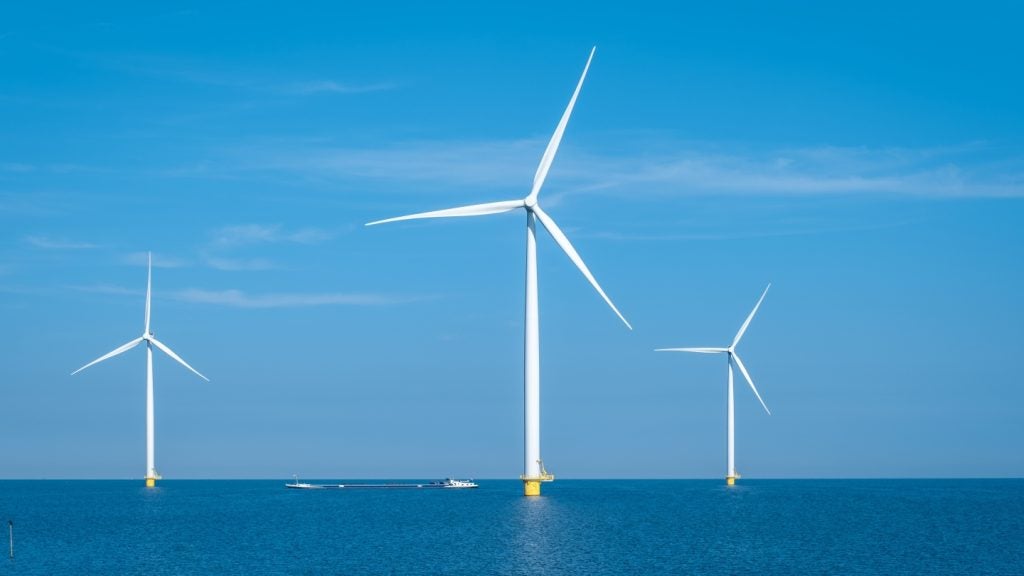Renewable energy is key to helping the world achieve net-zero targets and slow or halt climate change.
With the International Energy Agency forecasting that investment in clean energy will be twice that of fossil fuels in 2024, the expanding renewable market is evolving with new deals changing the landscape of the market.
Discussing the current status of the energy transition ahead of the webinar Energy Transition M&A: Key trends and predictions in the run-up to 2030, GlobalData analyst Clarice Brambilla touched on recent geopolitical events and current drivers of mergers and acquisitions (M&As).
What is the current status of the renewables M&A market? Has it grown in the last few years?
Renewable capacity additions hit an all-time high in 2023, with pipeline capacity increasing by almost 50% to over 500GW. This represents a 22-year streak of renewable energy capacity steadily growing, setting new records every year.
Perhaps surprisingly, M&A deals in the renewables sector witnessed a sharp decline in 2023. Deal value decreased from $771bn in 2022 to $559bn in 2023. The downward trend of M&A activity was witnessed globally, with the majority of deals taking place in Europe (1,659), Asia (1,623) and North America (1,225). The decline in deal activity also affected all major renewable technologies. For wind and solar, for example, asset transactions decreased from 392 in 2022 to 381 in 2023.
Before analysing why M&A activity decreased in 2023, it is important to note that 2022 was a record year for deals in renewable power.
The sharp increase in activity in 2022 can be attributed to multiple factors. Oil and gas prices soared as a result of the Russia-Ukraine war. This meant that, due to a sudden increase in profit, oil and gas companies were in a better financial position to expand their assets and broaden their investment spectrum to renewable energy as well.
Simultaneously, the over-reliance on fossil fuels and energy importation led many countries to rethink their energy strategy. In order to achieve security of supply, governments looked to renewables as an alternative source of power, as well as a way to reduce the amount of imported energy.
How have geopolitical events, such as the pandemic and subsequent global recession impacted M&A growth in this sector?
The climate shifted in 2023. Oil and gas companies, which had previously been feeling pressure from shareholders to diversify their investments to ensure long-term viability in an ever-changing climate, now felt less threatened by the rise of renewables. This was because of how much demand there had been for fossil fuels the previous year.
As a result, major oil companies’ spending on renewables flatlined, and companies such as BP announced that they were scaling back their commitment to cut oil and gas output by 2030 from 40% to only 25%.
Non-oil and gas companies also reduced their spending on renewables in 2023. This, however, was caused by multiple macroeconomic factors. The pandemic had a strong impact on supply chain issues. Delays in acquiring materials led to manufacturing bottlenecks, which in turn led to many projects getting postponed or cancelled.
Moreover, factors such as inflation and unfavourable interest rates led to both higher costs of projects and higher costs of capital. With the fear of yielding lower returns, companies found investing in such a climate too risky.
Which recent M&As have been significant in this sector and why?
As stated above, M&A in the renewables sector is often driven by oil and gas companies trying to broaden the spectrum of their assets. This is usually because of two reasons: governmental pressures to reduce their emissions, or pressure from investors to have a more diverse and therefore safer range of assets.
Unsurprisingly, two of the biggest deals of 2022 were both acquisitions by British oil major BP, which paid more than £10bn ($12.8bn) for a minority stake in the Asian Renewable Energy Hub in Western Australia, and over £3.5bn for the US renewable natural gas (biomethane) operator Archaea Energy.
Also in 2023, one of the biggest recorded deals was US gas company Sunoco acquiring NuStar energy, a distributor of crude oil and renewable fuels, for $7.3bn.
Interestingly, another deal of note that took place in 2023 was the Government of Germany acquiring a power grid unit from the Dutch state-owned operator Tennet Holding. The aim was for Germany to strengthen its transmission system, as part of the country’s energy transition plan. The deal was estimated to be around $21bn.
What are currently the main drivers of M&A in the energy transition sectors?
One of the main drivers is, of course, the threat of climate change and the imperative to reduce emissions. Therefore, companies that would lack the sector expertise, or the capital to start their own projects, choose the M&A path. By acquiring existing projects, companies can bypass some of the initial development challenges and rapidly expand their capacity in a manner that is more financially viable and time-efficient.
Moreover, technology advancements have meant that renewable energy technologies have successfully been able to lower the levelized cost of energy (LCoE), therefore becoming more lucrative and more appealing to investors.
Finally, one of the greatest drivers is governmental support: whether through tax incentives, subsidies, a more encouraging regulatory framework or favourable policies, these factors will determine whether private companies will invest in renewable energy or not.
What key trends are predicted in the run-up to 2030?
Even though M&A activity decreased in 2023, overall investment and appetite for developing new renewable projects are staying strong. In fact, GlobalData analysis shows record investment across all major sources of renewables in 2023, collectively reaching nearly $500bn. Moreover, global investment in the energy transition space hit a record of $1.8trn, climbing 17% from the previous year. This could mean that companies are choosing to invest in greenfield projects, instead of acquiring pre-existing companies in this space.
In terms of M&A in renewable energy, it is hard to predict whether deal activity will go back to 2022 levels. There is a lot of geopolitical uncertainty, on a global level, due to the ongoing conflicts in Ukraine and Gaza, as well as elections looming in many countries. Governments will aim to keep fuel prices down and invest in renewables to acquire security of supply.
Whether oil and gas companies will set decarbonizing targets or go back to investing heavily in renewables will also be dictated by how strict governments’ policies or generous their incentives will be.
The Energy Transition M&A: Key trends and predictions in the run-up to 2030 webinar on 20 June will delve into the energy transition sector, unpacking recent deals while looking to potential developments over the next decade.














